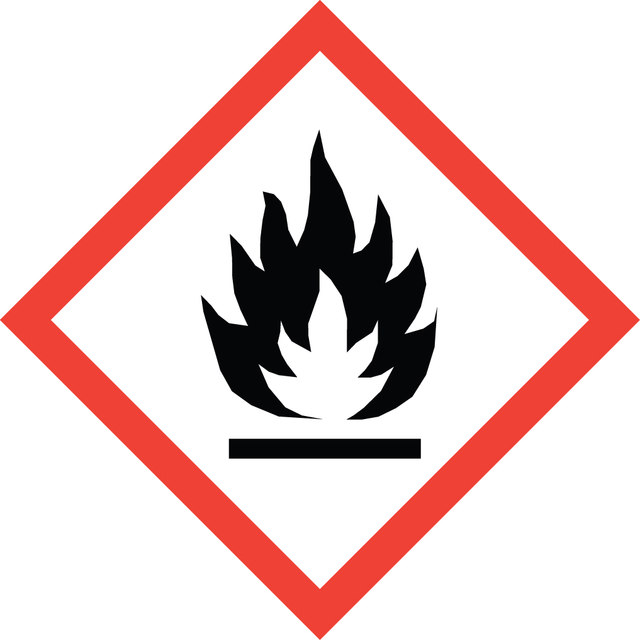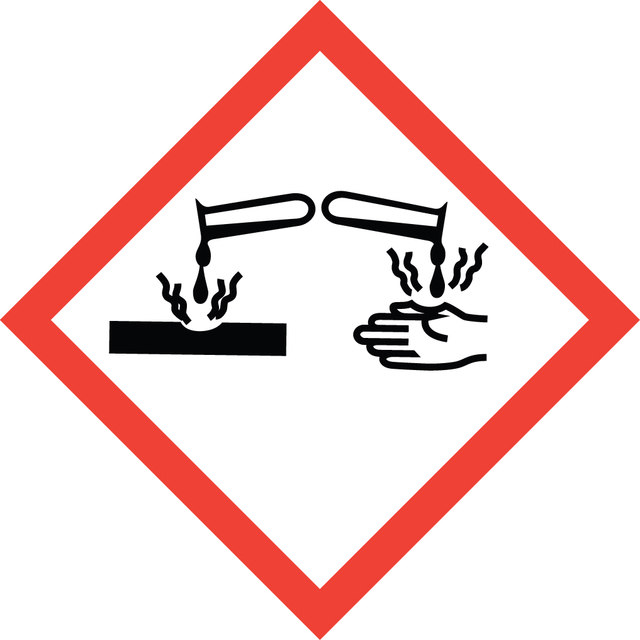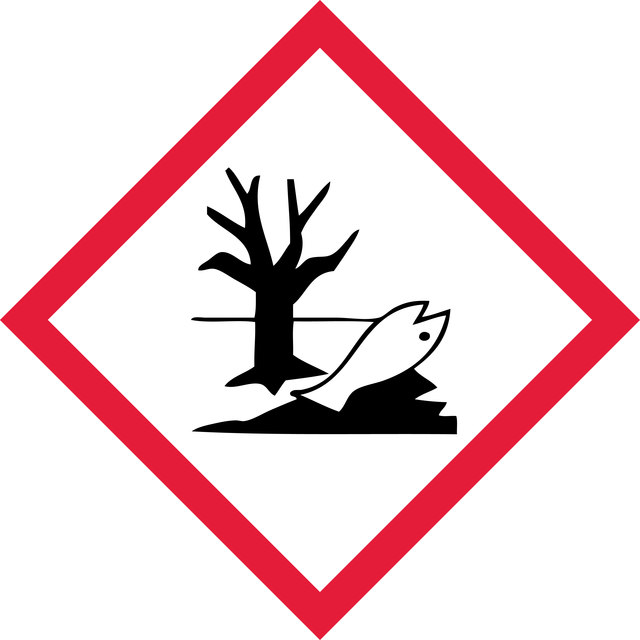Select a Size
About This Item
grade
anhydrous
vapor density
2.5 (vs air)
vapor pressure
4 mmHg ( 20 °C)
Assay
99%
form
liquid
autoignition temp.
744 °F
contains
200 ppm MEHQ as inhibitor
expl. lim.
13.7 %
bp
139 °C (lit.)
mp
13 °C (lit.)
density
1.051 g/mL at 25 °C (lit.)
SMILES string
OC(=O)C=C
InChI
1S/C3H4O2/c1-2-3(4)5/h2H,1H2,(H,4,5)
InChI key
NIXOWILDQLNWCW-UHFFFAOYSA-N
Looking for similar products? Visit Product Comparison Guide
Related Categories
General description
Application
Acrylic acid can also be used as:
- A key component in the preparation of copolymer binder, which helps to optimize the performance of lithium-ion batteries.
- A surface modifier for the carbon nanotubes with poly(acrylic acid) in order to improve adhesion and dispersion of the nanotubes in the oxide semiconductor matrix for thin-film transistor applications.
- A reactive monomer for the surface modification of polydimethylsiloxane (PDMS)through a simultaneous polymerization process with ethylene glycol dimethacrylate. Modified PDMS potentially applied in new applications fields such as microfluidics or biomedical devices.
- A precursor for the synthesis of cashew gum/acrylic acid nanoparticles via the copolymerization process. The use of acrylic acid in the synthesis is to introduce hydrophilic functional groups into the cashew gum backbone, thereby improving its solubility in water and increasing its compatibility with other hydrophilic materials.
Signal Word
Danger
Hazard Statements
Precautionary Statements
Hazard Classifications
Acute Tox. 4 Dermal - Acute Tox. 4 Inhalation - Acute Tox. 4 Oral - Aquatic Acute 1 - Aquatic Chronic 2 - Eye Dam. 1 - Flam. Liq. 3 - Skin Corr. 1A - STOT SE 3
Target Organs
Respiratory system
Storage Class Code
3 - Flammable liquids
WGK
WGK 2
Flash Point(F)
119.3 °F - closed cup
Flash Point(C)
48.5 °C - closed cup
Personal Protective Equipment
Regulatory Information
Choose from one of the most recent versions:
Already Own This Product?
Find documentation for the products that you have recently purchased in the Document Library.
Which document(s) contains shelf-life or expiration date information for a given product?
If available for a given product, the recommended re-test date or the expiration date can be found on the Certificate of Analysis.
How do I get lot-specific information or a Certificate of Analysis?
The lot specific COA document can be found by entering the lot number above under the "Documents" section.
What is Product 147230, Acrylic acid soluble in?
According to The chemicals encyclopedia published by the Royal Society of Chemistry: 13th Edition, Acrylic acid is miscible with water, alcohol, and ether.
How can the inhibitor be removed from Product 147230, Acrylic Acid?
This product contains monomethyl ether hydroquinone as the inhibitor, which cannot be removed with an inhibitor remover. The effects of the inhibitor can be negated by adding excess initiator.
What is the viscosity of Product 147230, Acrylic Acid?
According to our supplier the viscosity is 1.232 cP at 25 C. However, we do not test the viscosity since it is not one of our specifications.
What is the bulk density of from Product 147230, Acrylic Acid?
According to our supplier the bulk density is 8.75 lb/gal at 20 deg C.
What is the freezing point of from Product 147230, Acrylic Acid?
According to literature the freezing point is 13 C. If freezing occurs do not remove the acrylic acid from a partially-thawed bottle. The remaining material would be seriously under-inhibited.
How do I find price and availability?
There are several ways to find pricing and availability for our products. Once you log onto our website, you will find the price and availability displayed on the product detail page. You can contact any of our Customer Sales and Service offices to receive a quote. USA customers: 1-800-325-3010 or view local office numbers.
What is the Department of Transportation shipping information for this product?
Transportation information can be found in Section 14 of the product's (M)SDS.To access the shipping information for this material, use the link on the product detail page for the product.
My question is not addressed here, how can I contact Technical Service for assistance?
Ask a Scientist here.
Articles
Innovation in dental restorative materials is driven by the need for biocompatible and natural-appearing restoration alternatives. Conventional dental materials like amalgam and composite resins have inherent disadvantages.
RAFT polymerization offers living characteristics to radical polymerization, contributing versatility to reversible deactivation radical polymerization methods.
By altering the physicochemical properties, smart or intelligent drug delivery systems can be designed to deliver therapeutic molecules on-demand. Learn more about the application of stimuli-responsive materials in drug delivery.
RAFT(可逆加成断裂链转移)聚合是一种可逆的去活化自由基聚合(RDRP),是给自由基聚合赋予活性的通用方法之一。
Our team of scientists has experience in all areas of research including Life Science, Material Science, Chemical Synthesis, Chromatography, Analytical and many others.
Contact Technical Service


